
Energy and Water
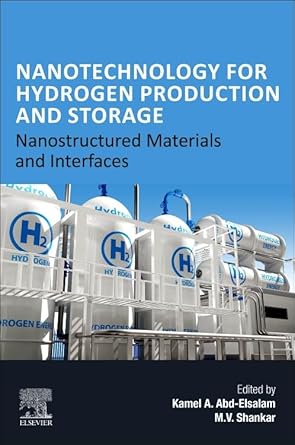
Nanoionic liquid for hydrogen generation and storage
Climate change and the increase in population are encouraging many researchers to work on getting nonconventional sources of energy. Ionic liquids (ILs) have unique physicochemical properties for this field. Therefore, using nanoionic liquids and ILs in energy storage is very promising, particularly considering the reported high efficiency in the existing literature. Hydrogen production technologies have garnered considerable interest in the energy sector, particularly involving the formation of water from a petroleum field and carbon steel materials. Modern methods rely on hydrogen production
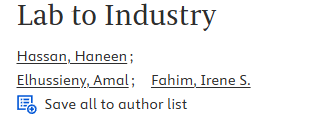
Lab to Industry
In terms of environmental and socio-economic benefits, the utilization of agro-fiber wastes in pulp-based product manufacturing is advantageous. Non-wood plant pulp production has shattered, and numerous non-wood fiber resources are being commercially used to make chemical pulp and paper in China, India, Latin America, Africa, the Middle East, and Turkey. Agricultural wastes, including rice and wheat straws, sorghum stalks, and annual plants like hemp and jute, are being utilized as raw materials for pulp and paper manufacture. In addition, various research has been carried out to introduce
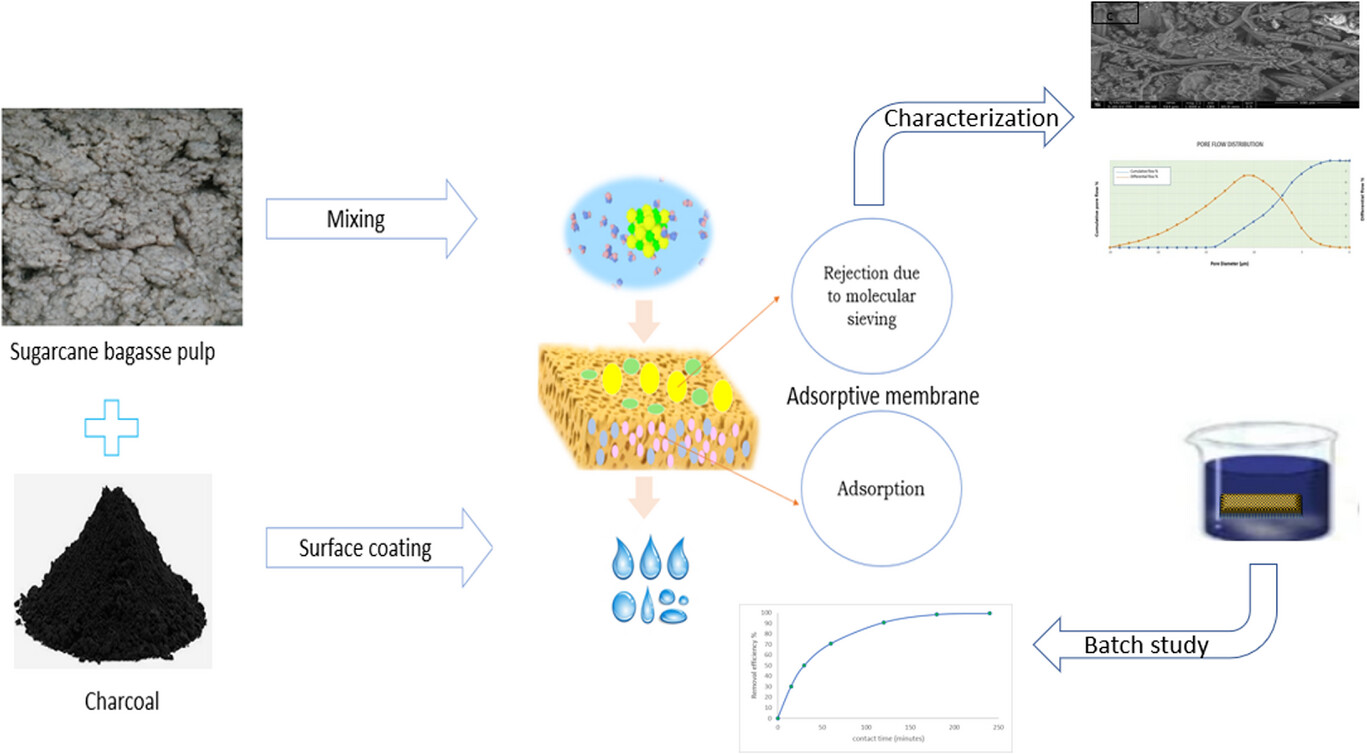
Methylene Blue Removal on Biodegradable Adsorptive Membranes Fabricated From Sugarcane Bagasse Pulp: Characterization and Performance Study
Dye-containing waste should be carefully treated using environmentally friendly technology to prevent environmental harm and preserve water resources. Adsorptive membranes are a promising new approach for decreasing, recovering, and reusing waste while also removing contaminants like dyes. In this work, two different techniques are employed to create membranes using sugarcane bagasse pulp and carbon from charcoal. In the first technique, the surface of sugarcane bagasse is coated with charcoal paste as shown in Figure 1, while in the second, the carbon is combined with sugarcane bagasse pulp
Towards a circular economy: valorization of banana peels by developing bio-composites thermal insulators
The building construction materials are responsible for a large amount of energy and natural resource consumption. In light of the current challenges of resource scarcity and global climate change, the circular economy (CE) is a promising strategy to mitigate pressure on the environment, improve supplying of raw materials, and increase new market and employment opportunities. Developing eco-friendly thermal insulation materials based on agro-waste is a new waste management trend to achieve the sustainability of the resource and energy consumption in the construction sectors. In this work

Optimization of machining parameters for turning operation of heat-treated Ti-6Al-3Mo-2Nb-2Sn-2Zr-1.5Cr alloy by Taguchi method
TC21 alloy is a high-strength titanium alloy that has been gaining attention in various industries for its excellent combination of strength, toughness, and corrosion resistance. Given that this alloy is hard to cut material, therefore this study aims to optimize the process parameters of Turing this alloy under different conditions (i.e. as-received alloy, and heat-treated alloy). The L9 Taguchi approach-base orthogonal array is used to determine the optimum cutting parameters and the least number of experimental trials required. The achievement of this target, three different cutting

NEW Hybrid ZIF-8/NC-PU and NC-PU Gel Composites for the Effective Removal of Cationic and Anionic Dye from Aqueous Solution: Process Optimization
New hybrid metal organic framework based polymer nanocomposite (ZIF-8/NC-PU) and interpenetrating polymer gel nanocomposites (NC-PU) were prepared for the adsorption of cationic (Rh-B) and anionic (IC) dyes from aqueous solution. The characterisation of the ZIF-8 based composites and gel composites is carried out using FT-IR and SEM analysis to investigate the chemical composition and morphology of the sample. Moringa oleifera seed pod based nanocellulose (5 wt%) is used as the filler in NC-PU gel composites and ZIF-8/NC-PU MOF composites. The optimal level of the most significant identified

Dynamic Distributed Monitoring for 6LoWPAN-based IoT Networks
—Mission-critical Internet of Things (IoT)-based networks are increasingly employed in daily and industrial infrastructures. The resilience of such networks is crucial. Given IoT networks’ constantly changing nature, it is necessary to provide dependability and sustainability. A robust network monitoring can reinforce reliability, such that the monitoring mechanism adapts itself to real-time network instabilities. This work proposes a proactive, dynamic, and distributed network monitoring mechanism with monitor placement and scheduling for 6LoWPAN-based IoT networks intended for mission
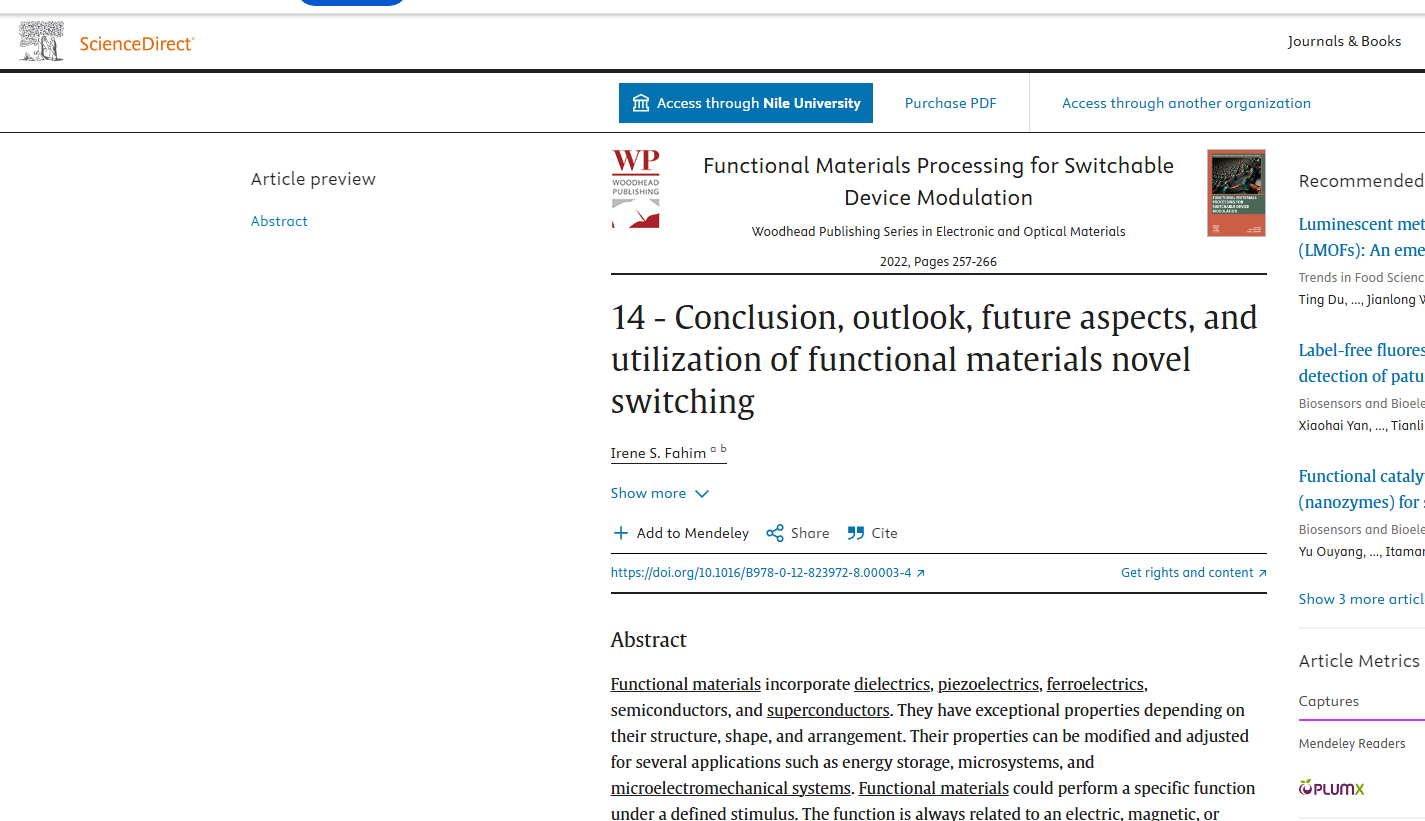
Conclusion, outlook, future aspects, and utilization of functional materials novel switching
Functional materials incorporate dielectrics, piezoelectrics, ferroelectrics, semiconductors, and superconductors. They have exceptional properties depending on their structure, shape, and arrangement. Their properties can be modified and adjusted for several applications such as energy storage, microsystems, and microelectromechanical systems. Functional materials could perform a specific function under a defined stimulus. The function is always related to an electric, magnetic, or optical property (Vilarinho et al., 2006). © 2022 Elsevier Inc.
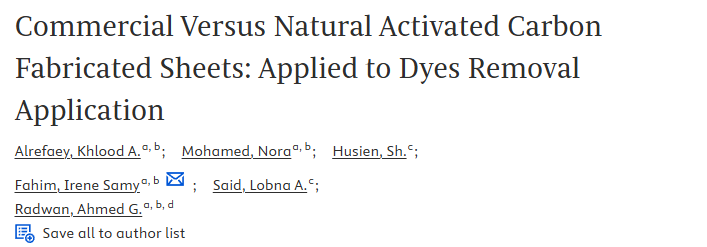
Commercial Versus Natural Activated Carbon Fabricated Sheets: Applied to Dyes Removal Application
Industrial dyes are considered one of the main causes of increased water pollution of water. Many businesses, such as steel and paper, are located along riverbanks because they require large amounts of water in their manufacturing processes, and their wastes, which contain acids, alkalis, dyes, and other chemicals, are dumped and poured into rivers as effluents. For example, chemical enterprises producing aluminum emit a significant quantity of fluoride into the air and effluents into water bodies. Fertilizer facilities produce a lot of ammonia, whereas steel plants produce cyanide. Many
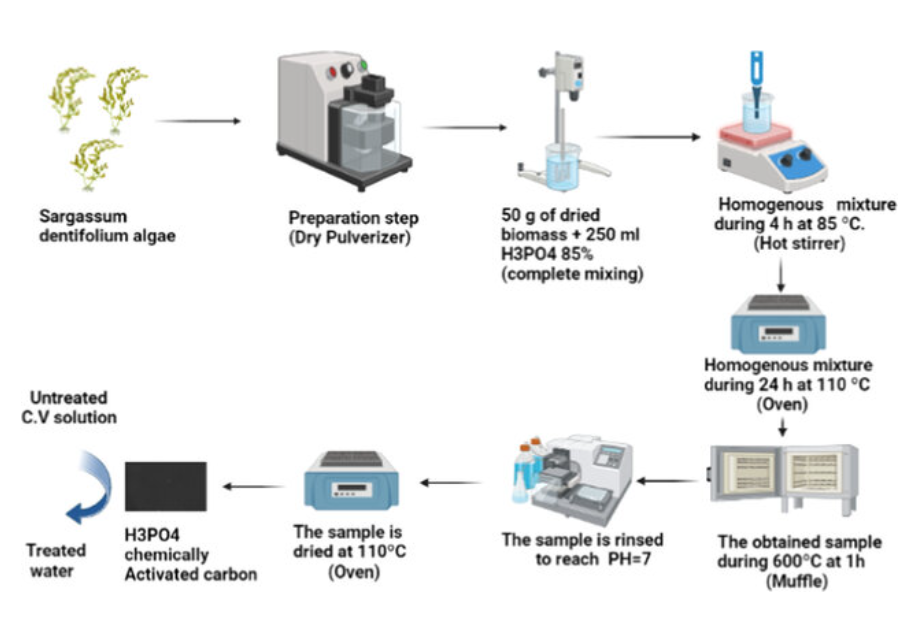
Crystal violet removal using algae-based activated carbon and its composites with bimetallic Fe0-Cu
The textile industry is considered a source of pollution because of the discharge of dye wastewater. The dye wastewater effluent has a significant impact on the aquatic environment. According to the World Bank, textile dyeing, and treatment contribute 17 to 20% of the pollution of water. This paper aims to prepare the bimetallic nano zero-valent iron-copper (Fe0-Cu), algae-activated carbon, and their composites (AC-Fe0-Cu), which are employed as adsorbents. In this paper, Synthetic adsorbents are prepared and examined for the adsorption and removal of soluble cationic crystal violet (CV) dye